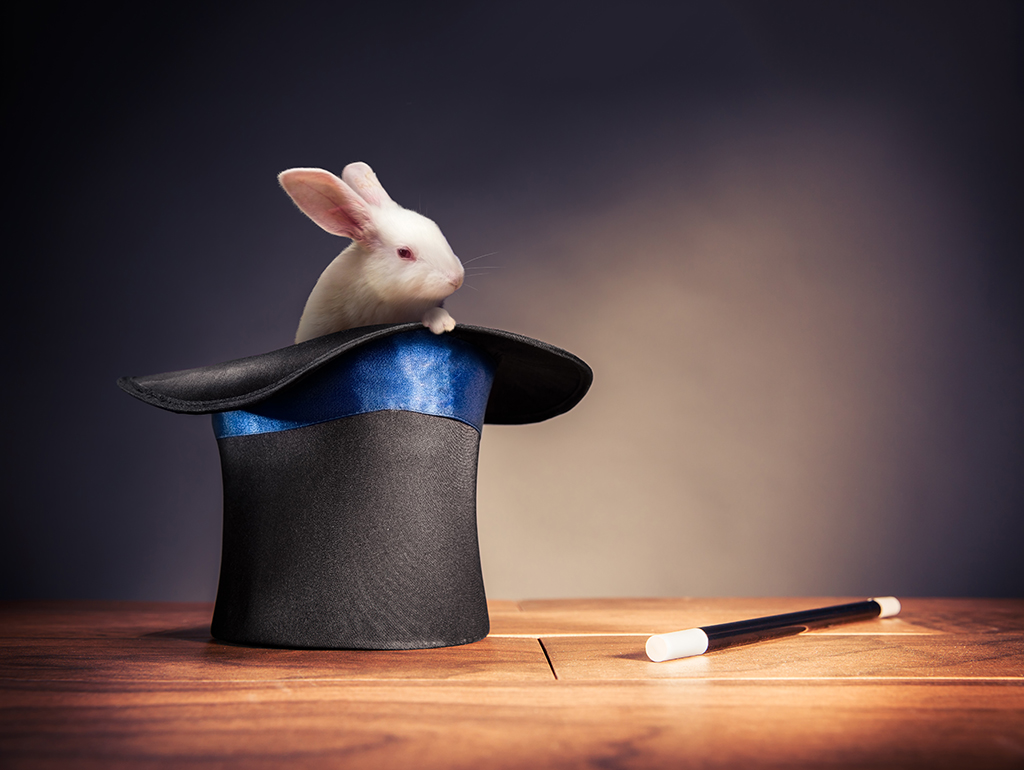You may think that you know everything about Scotland, but here are ten entertainingly obscure Caledonian factoids to shock and awe your friends.
1. Queen of Pots
Apparently Mary, Queen of Scots was a mean billiards player. The first recorded billiards table was ordered by Louis XI of France in 1470. She owned her own billiards table, and was allowed it during her incarceration in England. However, in 1587 during her imprisonment at Fotheringhay Castle prior to her trial, she was denied the use of her table and complained bitterly. At Mary’s request, after she was executed her body was wrapped in the billiard table cloth.
2. Sounds amazing
Constructed between 1842 and 1858 to house the bodies of the 10th Duke of Hamilton and his ancestors, the impressive Hamilton Mausoleum is one of Lanarkshire’s most iconic buildings. It also has the longest lasting echo of any man-made structure in the world – fifteen seconds. Another curiosity are its ‘whisperin wa’s’: two people can stand at either end of one of the curved interior walls facing away from each other into the wall and hold a whispered conversation.
3. Blade fore-runner
The sport of ice skating began in Scotland. Primitive ice skates made of bone and antlers were used by Scandinavian hunters as early as 300AD but it was not until 1572 that the first all-iron ice skates were manufactured in Scotland. After this, speed skating became the fi rst form of skating to become a sport. Instructional books were printed and the first skate club was founded in Edinburgh in 1742.
4. Army rations
In the 1300s Scottish soldiers were noted for their ability to march for longer than others. The reason for this, according to the fourteenth-century French chronicler Jean Froissart, was that they made their own oatcakes. As part of his kit, each soldier had a wallet of oatmeal and a flat plate. ‘He casteth this plate into the fire, he moisteneth a little of his meal in water, and when the plate is heated, he layeth his paste thereon and maketh a little cake, the which he eateth to comfort his stomach.’
5. It’s a kind of magic

Scotland’s greatest magician was Aberdonian, John Henry Anderson. He was one of the first conjurors to take magic from the fairground into the theatre. He called himself the Great Wizard of the North – a title he claimed was given to him by Sir Walter Scott. He performed all over the world, as well as at Balmoral for Queen Victoria and Prince Albert. He was also credited as being the first magician to pull a white rabbit from a black top hat.
6. TB or not TB
In 1821 John Keats died aged 25 of tuberculosis. The English poet’s downward spiral into ill health began in 1818, after a walking tour of Scotland he undertook with a friend. The pair averaged about 20 miles a day on the journey that included a 37-mile crossing of Mull and an ascent of Ben Nevis, which Keats compared to ‘mounting 10 St Pauls without the convenience of a staircase.’ Shortly after this Keats abandoned the tour after developing a sore throat and feverish symptoms, which many believe was the start of his tendency to consumption.
7. The Pipes of Pisa
There is nothing quite as iconically Scottish as the bagpipes. However, they were actually an import from Rome. Indeed, the origins of the musical instrument have been traced to the Middle East – the bagpipes are mentioned in the Book of Daniel – and there are also ancient Greek references to them. The emperor Nero played the bagpipes, and it is likely that the instrument was introduced to Scotland 2,000 years ago by the Roman army.
8. Talking Heads
As well as inventing the telephone, Alexander Grahame Bell worked in the fields of aviation, sheep-breeding, artifi cial respiration, desalinisation and hydrofoils. Bell’s inventing started at a young age; when he was 12 he built a device with rotating paddles and a set of nail brushes for dehusking wheat grain – which was used by his local mill for a number of years – and not long after that he built a talking head that said ‘mama’. He was also able to manipulate his dog’s voicebox to make it sound like he was saying ‘How are you grandmamma?’
9. Bog standard
The toilet has a long history. One was discovered in the tomb of a Chinese king dating back to 206 BC and the Romans had a sophisticated sewer system. However, the nine houses at 5,000-year-old Skara Brae, in Orkney, all had a drainage system that was used to flush human waste into the sea and can therefore be considered to be the world’s first toilets. The first flushing toilet was also invented by a Scot, Alexander Cummings.
10. Nothing’s new
Auld Lang Syne was being sung at least 150 years before Burns ‘wrote’ it. When he sent a copy of the original song to the Scots Musical Museum, he remarked: ‘The following song, an old song, of the olden times, and which has never been in print… until I took it down from an old man.’ The ballad Old Long Syne, printed in 1711 by James Watson, shows similarities to the first verse and chorus of Auld Lang.
TAGS

